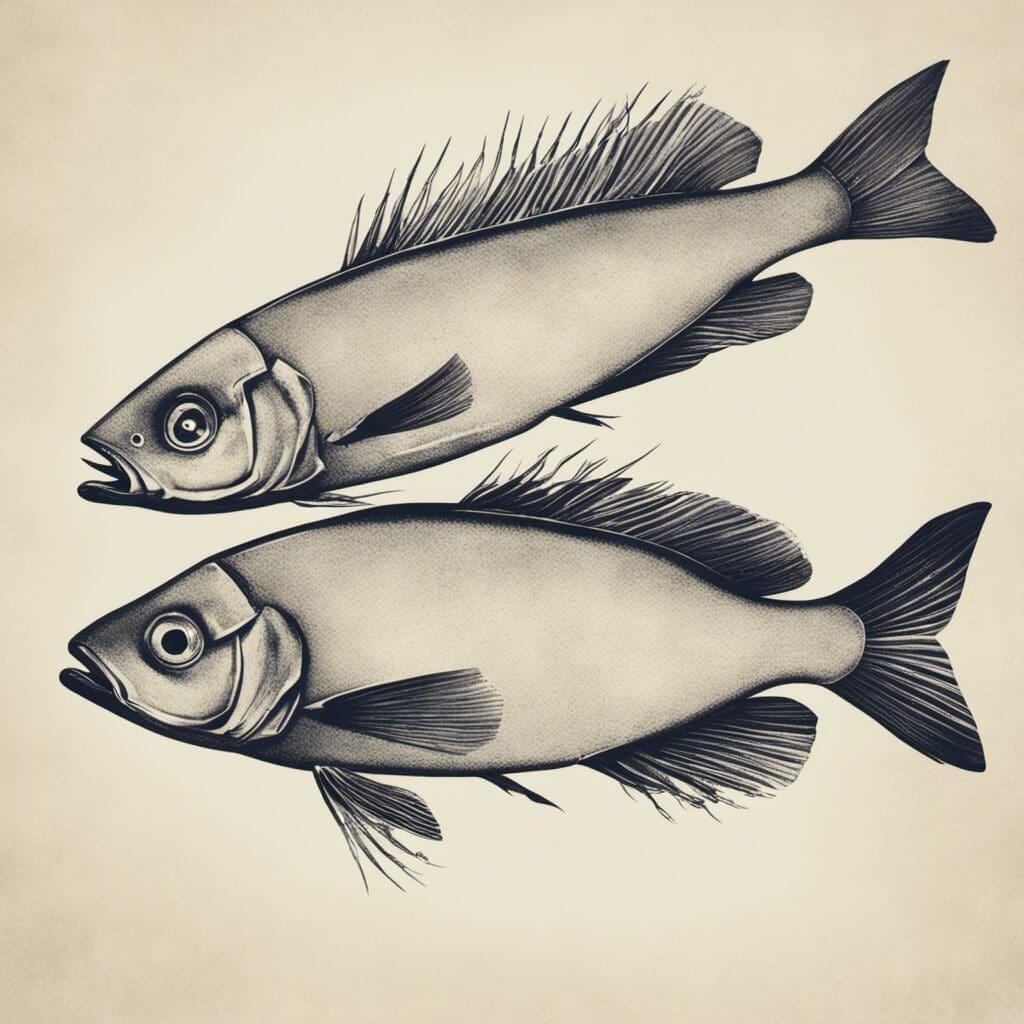Introduction
The Cusk, scientifically known as Brosme brosme, is a saltwater fish species belonging to the family Lotidae.
Conservation Status
The Cusk fish is currently listed as “vulnerable” by the International Union for Conservation of Nature (IUCN). A number of factors contribute to this, including overfishing and its specific habitat preference. Conservation efforts are ongoing to protect this unique fish species and include habitat preservation, tighter control on fishing quotas, and programs to increase population numbers.
Statistics
| – During the Cusk’s life span, the average fish grows to about 40 – 75 cm long and weighs in between 1 – 5 kg. – Average Length: 40 – 75 cmAverage Weight: 1 – 5 kg – Average Lifespan: 14 years |
|---|
Distribution
Native to the North Atlantic Ocean, Cusk are often found in areas ranging from Virginia in the United States to Greenland, and as far east as the Baltic Sea. They do not tend to migrate but will move to deeper waters in winter.
Habitats
Cusk prefer a cold, marine environment and are usually found in a depth range of 180 – 600 m. They can manage in warmer waters but generally prefer temperatures between 2-7°C.
When and Where to See
Cusk can be sighted year-round, most commonly at night or during dusk. They’re most commonly seen during the spawning period, which is winter for this species.
Best Fishing Locations
Some of the best places to catch Cusk include:
- Gulf of Maine, USA
- Scotian Shelf, Canada
- Bay of Fundy, Canada
- Gulf of St. Lawrence, Canada
- Grand Banks of Newfoundland, Canada
- Norwegian Sea, Norway
- Baltic Sea, northern Europe
When searching for Cusk, look for them in deep water areas with rough, rocky bottoms, as these are their preferred habitats.
How to Catch
Preferred bait for Cusk includes crabs, shrimps, or mackerel. Bottom fishing is the best technique to catch them since they inhabit the sea floor. Night hours offer the best catch rates.
Identification Guide
Cusk are easily recognizable by their elongated bodies, single dorsal fin that extends the length of the body, and a brown to greenish-black color. They have a white underside, big head and large mouth with sharp teeth.
Culinary
Firm and succulent, Cusk meat has a mild flavor ideal for a variety of recipes. Some popular dishes include poached Cusk with parsley sauce or baked Cusk with lemon and herbs. A standard serving of Cusk contains around 90-120 calories, 25 g of protein, and 3 g of fat.
Additional Information
Cusk are known for their distinct mating habits which involve the males guarding the females after she has laid the eggs. They mainly feed on crustaceans, sea urchins, and fish. Natural predators of the Cusk include larger fish species like cod and sharks. Overfishing by humans is a major threat for the species. Their cultural significance is mainly present in Nordic countries, where they are considered a delicacy and are part of traditional fishing culture.

